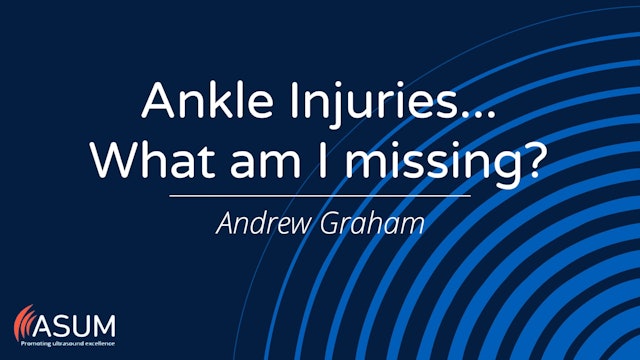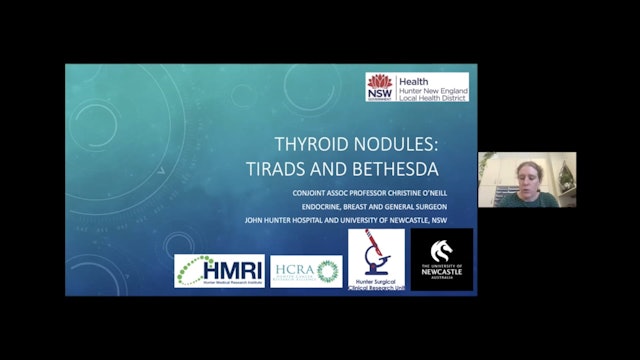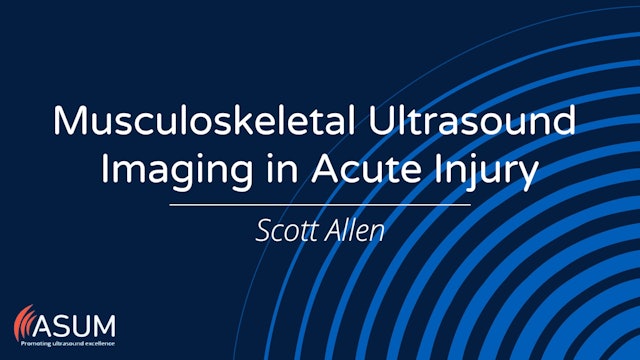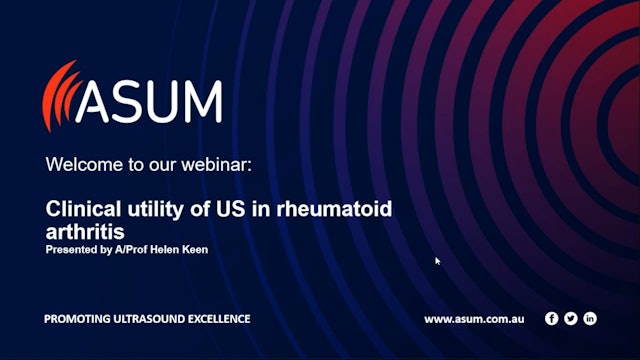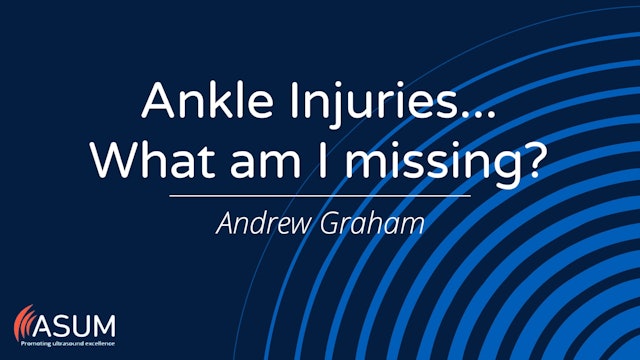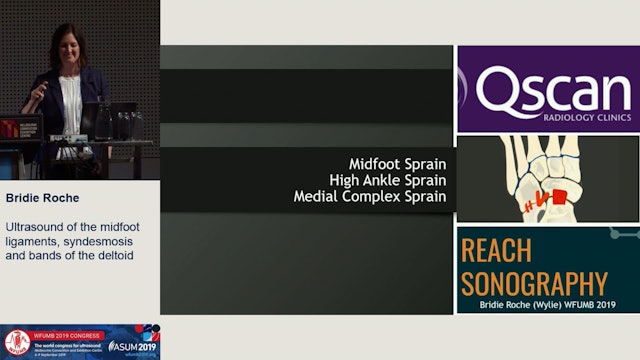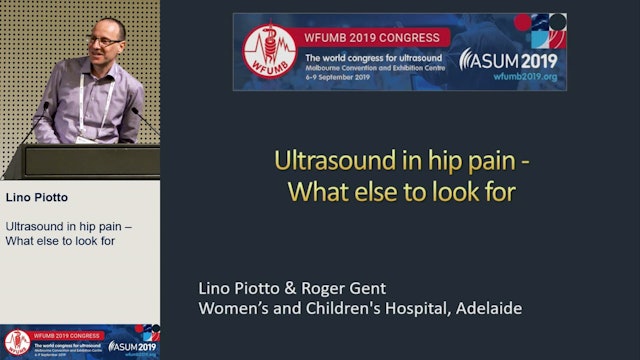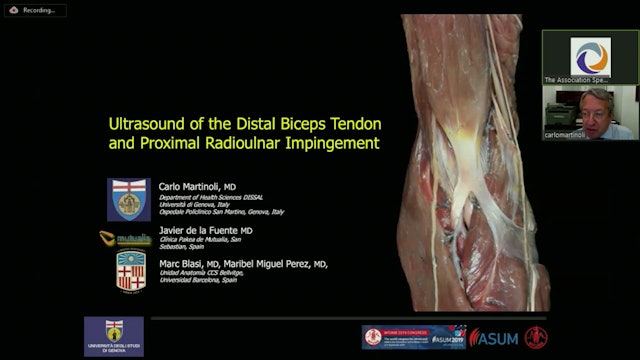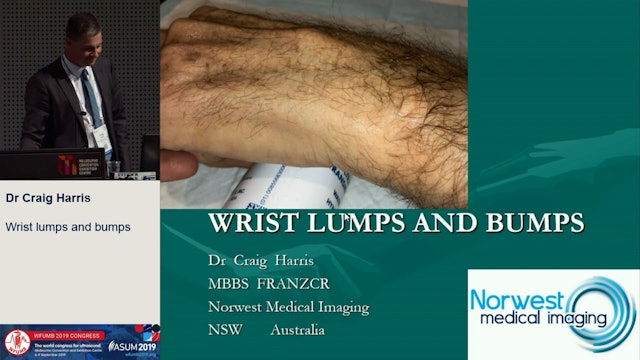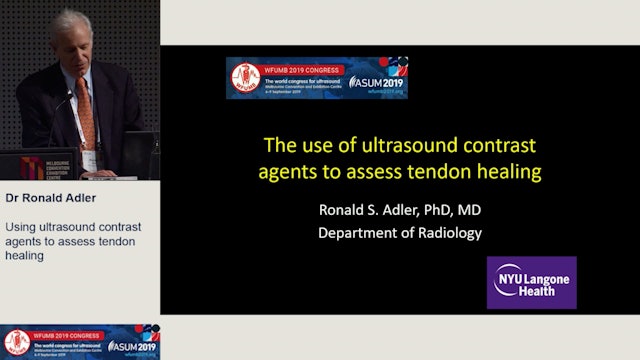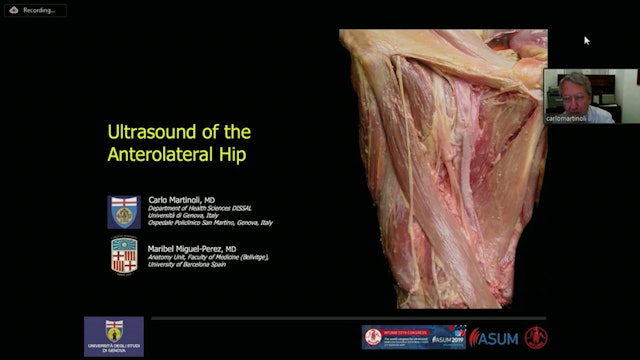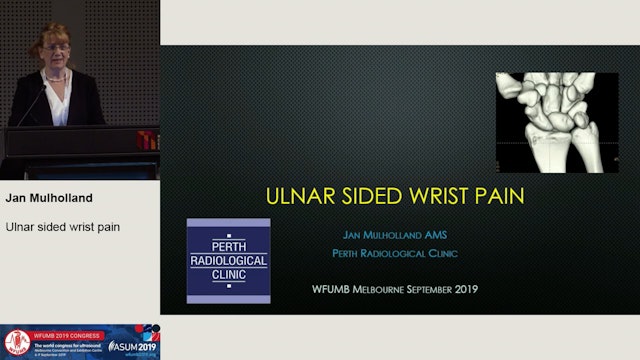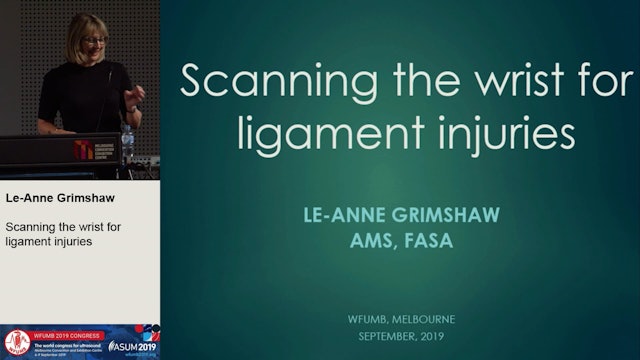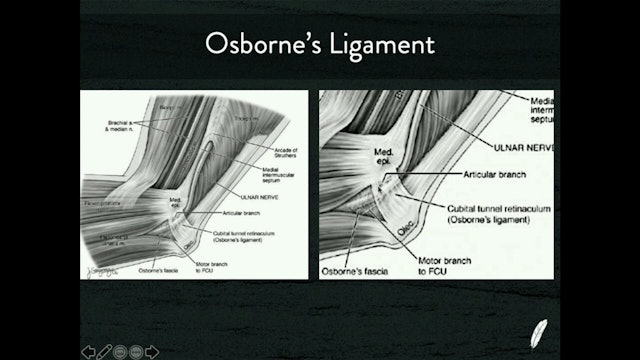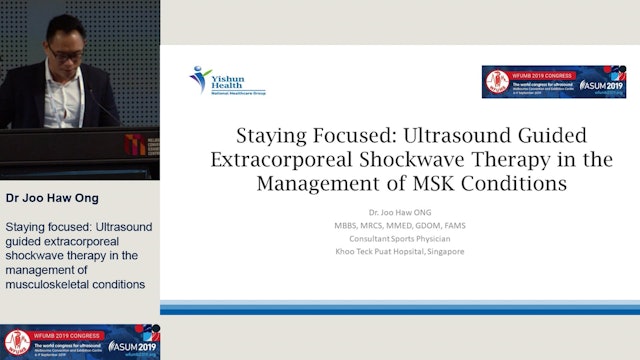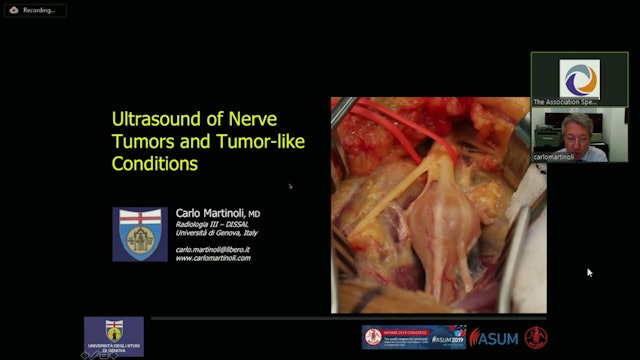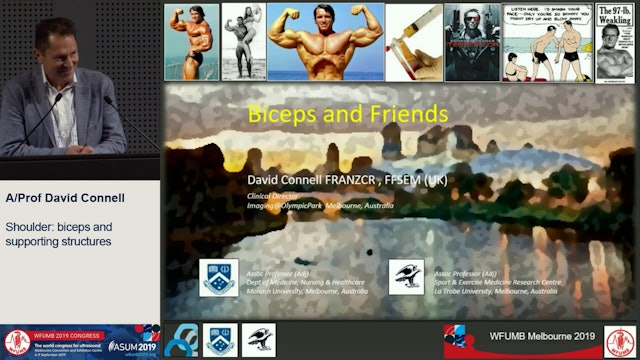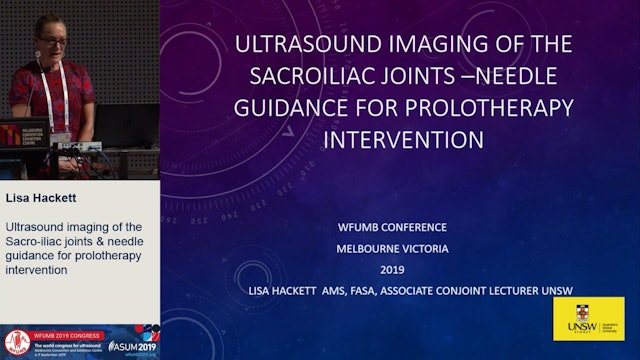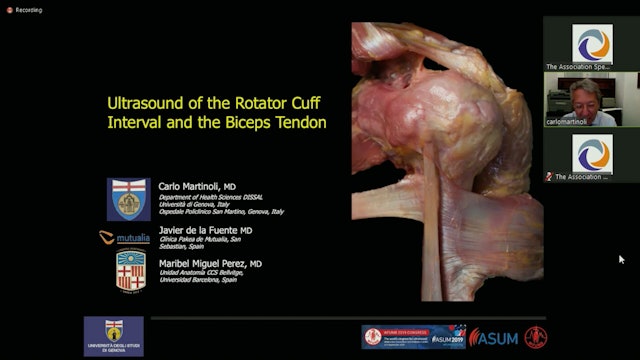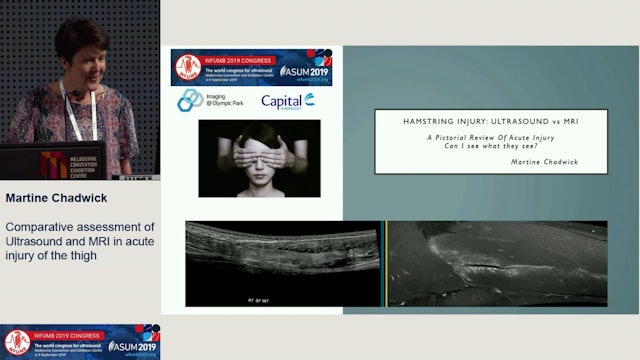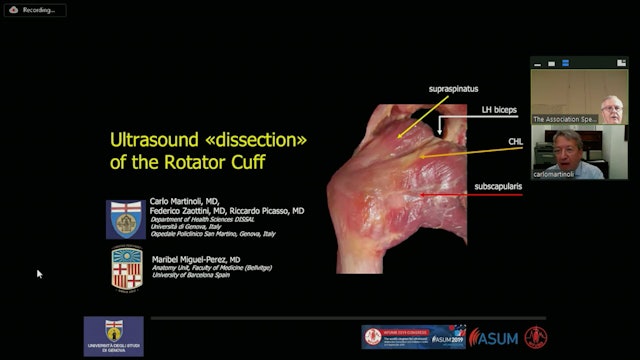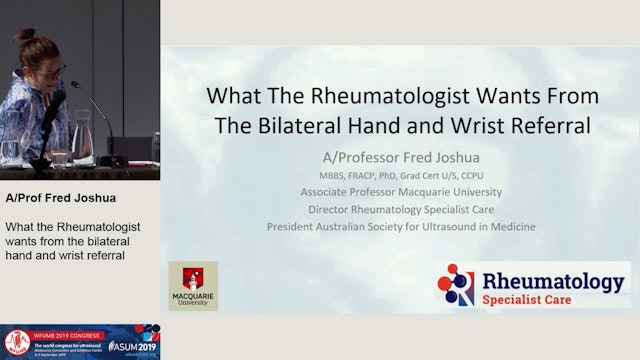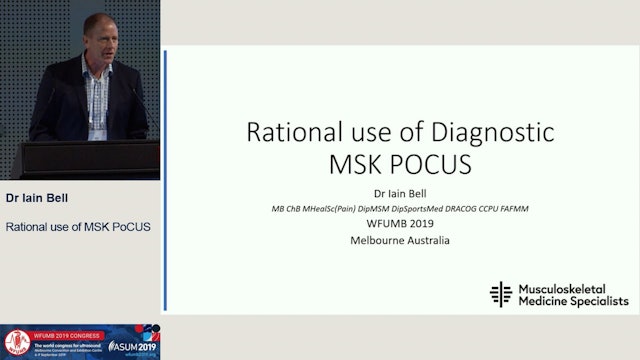MSK
-
The role of ultrasound in screening for DDH
-
Ankle Injuries...What am I missing?
-
Thyroid Nodules: TIRADS and Bethesda
-
Musculoskeletal Ultrasound Imaging in Acute Injury
-
Clinical utility of US in rheumatoid arthritis
Learning outcomes:
- US detected pathology seen in rheumatoid arthritis.
- Consideration of what’s normal.
- Pre RA states and similar conditions
- Prognostic value of US pathologies in RA.
- Monitoring of disease activity in RA. -
Ankle Injuries...What am I missing
-
Ultrasound of the midfoot ligaments, syndesmosis and bands of the deltoid
This presentation will predominantly bring together methods for scanning all regions of the ankle and midfoot to result in a thorough front-line approach to ligament injury in the acute setting.
While alternative diagnostic techniques exist, each offering varying degrees of accuracy, expense and... -
Hip ultrasound in hip pain - What else to look for
When investigating hip pain it is important to have a symptomatic approach. Infants are generally not able to be specific about where their pain is originating from and they are unreliable historians. Signs of hip pathology include not weight bearing, walking with a limp and reduced joint movemen...
-
Ultrasound of the Distal Biceps Tendon and Proximal Radioulnar Impingement
-
Wrist lumps and bumps
In the routine clinical setting of wrist sonography, many "lumps and bumps" are encountered. The vast majority of wrist masses are benign although they have varied sonographic appearances and management strategies. Whilst the most common lesion is a ganglion, there are many more lesions that requ...
-
Using ultrasound contrast agents to assess tendon healing
Rotator cuff tears are common, having been described in up to 20.7% of the general population and accounting for approximately 75,000 operations in the United States per year. The reported prevalence of failure of rotator cuff repairs has varied in the literature, ranging from 19-94%. Various fac...
-
Ultrasound of the anterolateral hip
-
Ulnar sided wrist pain
-
Scanning the wrist for ligament injuries
To understand the pathology which may occur following an injury to the wrist, this presentation will review the anatomy and biomechanics of this joint.
The biomechanics of wrist injuries are as follows
Weightbearing injuries which may be sustained weightlifting or in gymnastics where there is inc... -
Ulnar nerve cubital tunnel
Ulnar nerve assessment in the cubital tunnel will be explored in detail with an emphasis on assessment of the ìroof and floorî of the cubital tunnel as potential causes of ulnar neuropathy. A new technique for dynamic assessment of the ulnar nerve in the cubital tunnel will be discussed focusing ...
-
Ultrasound guided extracorporeal shockwave therapy in musculoskeletal conditions
The effects of shockwaves were first observed during the Second World War with human lungs cracking from waterbomb explosions without signs of external injuries. In 1966, Claude Dornier observed cavitations on the surface of aircrafts approaching the sound barrier, this subsequently led to the de...
-
Ultrasound of Nerve Tumors and Tumor-like Conditions
-
Shoulder: biceps and supporting structures
Biceps brachialis pathology is common, particularly in the athletic and older populations. It is also commonly missed both with ultrasound and MRI, especially when the diagnosis of a rotator cuff tear has already been made. In order to understand the biceps tendon, one must be familiar with the s...
-
Imaging of the sacroiliac joints & needle guidance for prolotherapy
Ultrasound imaging of the sacroiliac joints & needle guidance for prolotherapy intervention
-
Ultrasound of the rotator cuff interval and biceps tendon
Ultrasound of the rotator cuff interval and biceps tendon. Review of the related anatomy and potential pathology with correlation of the ultrasound appearance.
-
Comparative assessment of Ultrasound and MRI in acute injury of the thigh
MRI is the gold standard for imaging Hamstring and quadriceps acute injuries. Ultrasound has previously been regarded as inferior to MRI for these assessments. This presentation is a pictorial review of our 2018/19 studies in this area at Olympic Park. It will demonstrate the accuracies and pitfa...
-
Ultrasound dissection of the rotator cuff
-
What the Rheumatologist wants from the bilateral hand and wrist referral
-
Rational use of MSK PoCUS
Musculoskeletal point of care ultrasound (MSKPOCUS) holds potential to greatly improve patient outcomes. In order to develop a rational approach to its use, the clinician needs to be aware of multiple factors that influence its ability to do so. These factors include educational aspects relating ...


